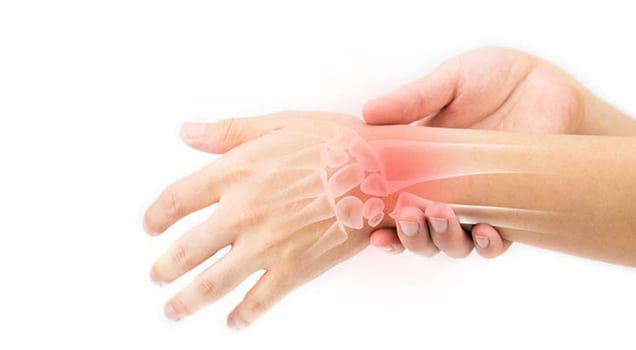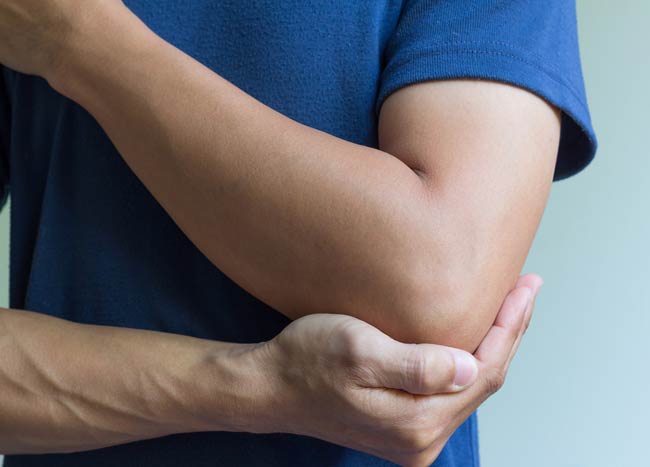
Learn more about the symptoms of tendonitis and the available treatments.
Tendonitis is a painful condition where a tendon has become inflamed, irritated, or swollen. This is the result of a sufferer inflicting some type of trauma in an area where tendons are attached to the bone. There can also be pain along the length of the tendon where the muscle and tendon join.
- Tendons are fibrous materials that attach bone and muscle
- Every muscle in the body has a tendon, pretty much leaving any part of the body susceptible to tendonitis
CONTACT US TODAY
Causes
Tendonitis has been attributed to a number of etiologies with the most common causes being overuse of the tendon. Repetitive movement can create small damage that grows over time. People who work on assembly lines are prone to developing the affliction using practices that require doing the same act over and over. Sports with repetitive motion – such as golf or tennis – are physical activities where tendonitis is prevalent.
Sudden trauma, such as a fall or blow to the tendon, is another cause. Individuals that have to manage osteoarthritis or rheumatoid arthritis are also prone to tendonitis. These inflammatory conditions can create biomechanical changes that result in tendonitis. It is also possible to contract the condition as we age as tendons can lose water content and elasticity over time.

Symptoms
Pain is not necessarily tendonitis. In order to better define the condition, find the most common symptoms of the condition in conjunction with pain, including redness, increased temp of tissue, tenderness, stiffness, swelling, and painful palpation in tendon areas. There can also be pain if the sufferer attempts to contract the muscle. Stiffness results from inflammation and swelling. This creates a flossing in the sheath which limits movement after a period of rest.
Forms of Tendonitis
While the condition can occur in any part of the body where there is a tendon and muscle, the most common types are associated with areas that are used consistently and for repetitive tasks, such as using a computer mouse or lifting weights. There is:
- Achilles tendonitis
- Biceps tendonitis
- Elbow tendonitis (tennis elbow or golfer’s elbow)
- Patellar tendonitis
- Rotator cuff tendonitis
Treatments
A typical treatment entails rest so that inflammation goes down on its own. The patient is given a program that minimizes activity in the infected area. RICE (rest, ice, compression, elevation) may be deployed to manage the injury. If necessary, immobilization may be implemented to restrict movement of the area.
A treatment that is growing in popularity is POLICE. As opposed to rest, the treatment calls for protection, optimal loading, ice, compression, and elevation. This treatment is ground in the theory that sufferers can rest too much, leading to contractures or hindrance of full motion recovery. By employing movement, POLICE looks to avoid these possibilities. Your doctor can help you determine which conservative approach is best for you.
Treatment can also include steroids, non-steroidal anti-inflammatory medications, and physical therapy.
Ultimately, recovering from tendonitis has to be proactive. Follow your physician’s instructions carefully to treat tendonitis and safely return to a normal and active lifestyle.
